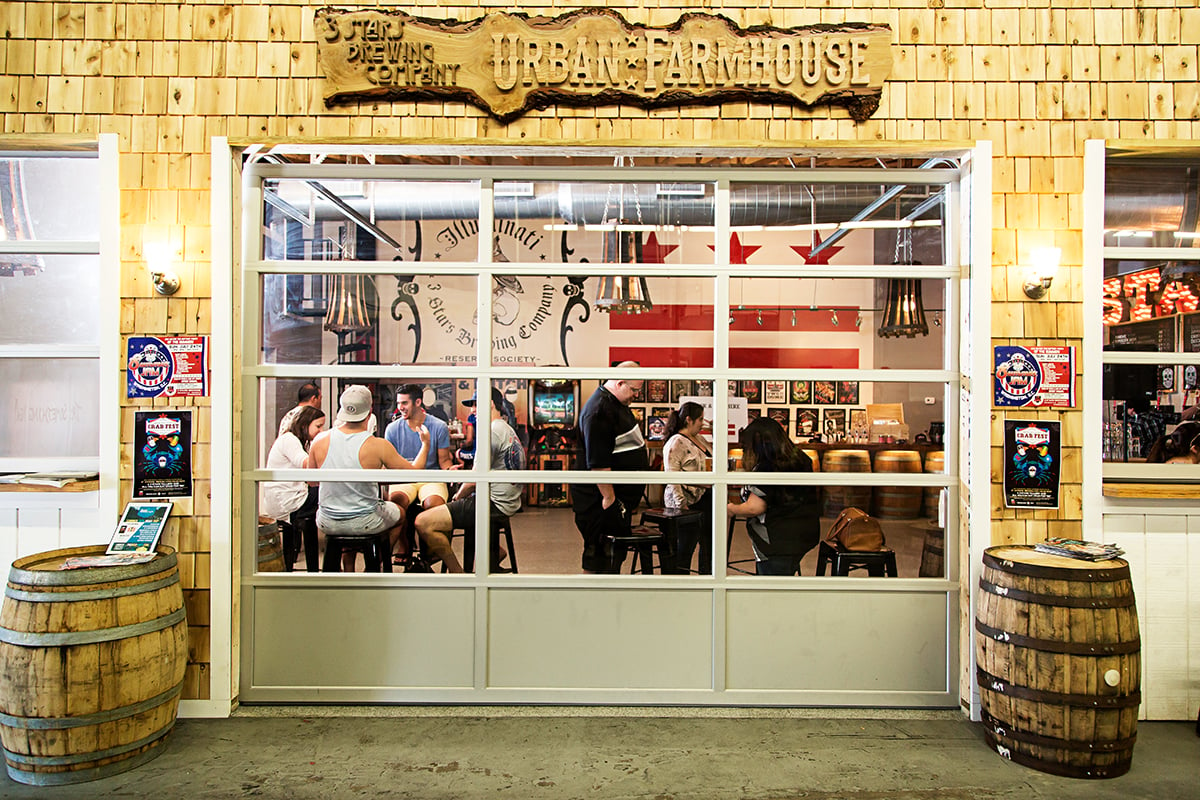“Look, but don’t touch” has been the watchword for museums. The only exceptions were institutions designed for children that offered lots of bells and whistles to keep the kids entertained.
The rest of us trooped past static exhibits and often emerged with glazed eyes, believing we had to take our cultural medicine the way our parents did.
Not anymore. Museums recognize that one boring experience can turn off a visitor for life, says Patrick Gallagher, who has designed museums and exhibits ranging from the International Spy Museum in DC to the D-Day Museum in Normandy that opened on June 6.
Museums have embraced technology to create multimedia exhibits that make the visitor a participant rather than an observer.
One way to do that is to make the visitor part of the story. At the Holocaust Memorial Museum, you are invited to follow one victim, learning his or her fate at each step of the journey and finally whether your subject lived or died.
Another approach is to use technology to let visitors tailor the experience to their own interests. At the National Archives, visitors can go beyond viewing the Declaration of Independence and other documents to hands-on experiences. Would-be Spielbergs can put together original footage of the D-Day invasion to make their own movie. Children can redesign the presidential seal while learning what each part of the seal symbolizes.
Always dreamed of being a Top Gun? Both the National Air and Space Museum on the Mall and the Steven F. Udvar-Hazy Center in Chantilly offer rides in flight simulators.
The National Museum of the Marine Corps in Triangle, Virginia, puts visitors into the boots of new recruits. After an up-close encounter with a drill instructor, you can heft a pack, grab an M-16 laser rifle, and test your marksmanship on the rifle range. There are also three “immersion” experiences: Special effects re-create the temperature, noise, and sights of approaching the beach at Iwo Jima in World War II, shivering on a Korean hillside as Chinese troops prepare to storm your position, and landing in a CH-46 helicopter under fire in a hot zone in Vietnam.
At the Marian Koshland Science Museum of the National Academy of Sciences, designed for teenagers and adults, visitors can control satellite images to see how the climate has changed in the past century. In an exhibit on infectious diseases, a visitor can “treat” a case of tuberculosis with antibiotics and follow the progress of the disease. If the drugs are stopped too soon, the patient dies.
The International Spy Museum was designed to be a total “see it, be it” experience. As soon as you enter, you select a fake identity and receive a covert assignment. Alongside exhibits on spycraft gadgets and espionage through the ages are opportunities to test your ability to recognize drop spots, secret signals, and other agents in disguise. Earphones plug you into audio surveillance. The young, limber, and adventurous can crawl though an air duct to listen in on a private meeting and spy on the people below. On June 1, the museum launched Operation Spy—an hourlong program with even more hands-on role-playing for would-be secret agents.
When the new Newseum opens in the fall on Pennsylvania Avenue, it will have interactive stations enabling a visitor to be a reporter and cover a story under an editor’s watchful eye or be a photographer assigned to cover a river rescue. “TV reporters” will be able to choose a backdrop, from the White House to a football stadium, and do a standup report on camera. They’ll receive a photo of their moment in the spotlight and be able to access their videos at home from the museum’s Web site.
Gallagher says museums are spending almost half of their budgets on technology. He concedes that some curators in traditional museums are “not real thrilled” with this trend. What he calls enhanced education others see as the Disneyfication of art and culture. But he argues that museums can only benefit from interactive features. Young visitors to an art museum, for instance, might be more engaged if they could see into a painter’s studio or question a sculptor about a piece.
“We have one chance with a younger audience,” he says. “If we blow it, they’ll never come back.”

















